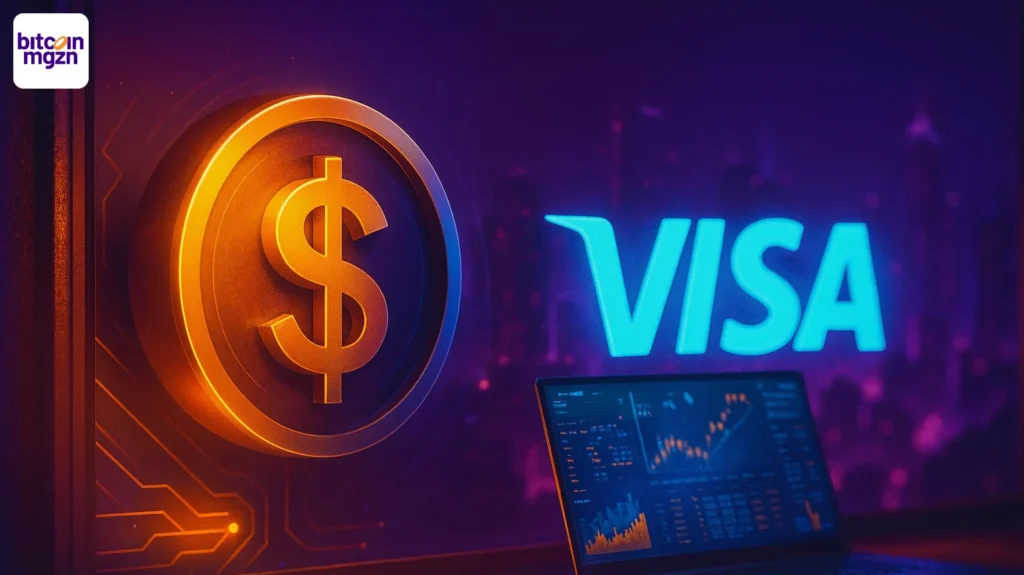Topline
The Israeli military said Hamas has released all 20 living hostages in its custody—seven of whom have already re-entered Israel—as part of the first phase of a ceasefire deal brokered by President Donald Trump, who arrived in Tel Aviv shortly after the first group was released.
President Donald Trump, center, talks with Israel’s Prime Minister Benjamin Netanyahu as he arrives at Ben Gurion Airport near Tel Aviv.
Copyright 2025 The Associated Press. All rights reserved.
Key Facts
In a statement issued on social media, the Israel Defense Forces said: “According to information provided by the Red Cross, 13 hostages have been transferred into their custody and are on their way to IDF and ISA forces in Gaza.”
The release of the 13 remaining hostages comes just hours after Hamas freed seven other hostages who have already crossed the border into Israel accompanied by the IDF and were taken to an “initial reception point” in southern Israel to “reunite with their families.”
The condition of the hostages is unknown but the IDF said in an earlier statement they will “undergo an initial medical assessment,” after re-entering the country.
The seven released hostages have been identified as by the Israeli government as “Alon Ohel, Matan Angrest, Gali Berman, Ziv Berman, Guy Gilboa Dalal, Eitan Mor and Omri Miran,” but no details have been shared about their condition.
Israeli officials also released photos of the first group of freed hostages arriving in Israel and reuniting with their families.
What Has The Red Cross Said?
In an earlier statement, the International Committee of the Red Cross said it was engaged in a “multi-phase operation to facilitate the release and transfer of hostages and detainees as part of a ceasefire agreement between Israel and Hamas.” The ICRC’s teams will take the hostages from Hamas’ custody and hand them over to the Israeli authorities. The humanitarian group will carry out a separate operation, taking custody of Palestinian detainees held Israel and transfer them to Gaza and the West Bank.
Palestinians gather on both sides of the road as International Red Cross vehicles arrive to transport the second batch of released Israeli hostages, south of Deir al-Balah in the central Gaza Strip.
AFP via Getty Images
What Do We Know About Trump’s Visit To Israel?
President Trump arrived in Tel Aviv on Monday just shortly after the Israeli military announced that the hostages had crossed the Israeli border. Just before landing, Air Force One flew over Hostages Square in Tel Aviv, which has been the site of protests and demonstrations by members of the hostages’ families. After his arrival, Trump was greeted by Israeli Prime Minister Benjamin Netanyahu and President Isaac Herzog at the tarmac. Herzog’s office has announced Trump will be given Israel’s highest civilian award, the Israeli Presidential Medal of Honor, for his efforts to bring the hostages home. The president is set to meet with the family of the hostages and then deliver an address to the Knesset, Israel’s parliament. Before departing for his Middle East trip, Trump declared that “the war is over,” although Israeli officials, including Netanyahu have insisted that this is only the first phase of a ceasefire. Several people seated in the Knesset were seen wearing MAGA-style red hats adorned with the text “Trump The Peace President.”
A man wears a cap with the words “Trump The Peace President” ahead of an address by the President Donald Trump at the Israeli parliament, the Knesset, in Jerusalem.
POOL/AFP via Getty Images
Further Reading
Remaining Israeli Hostage Transfer Could Happen ‘Any Moment Now,’ JD Vance Says (Forbes)
Source: https://www.forbes.com/sites/siladityaray/2025/10/13/hamas-releases-all-20-surviving-hostages-under-gaza-ceasefire-deal-trump-arrives-in-israel/



